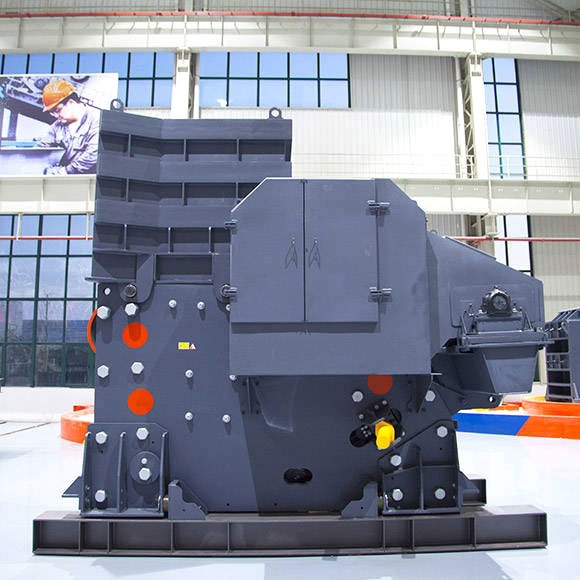A jaw crusher is a primary crushing machine used in various industries for breaking large stones and rocks into smaller, more manageable pieces. Like any mechanical equipment, jaw crushers are prone to faults and issues that can affect their performance. Understanding common faults and adopting a systematic approach to address them is crucial for maintaining the efficiency and reliability of a jaw crusher. Here, we will discuss some common faults and approaches to troubleshooting in a jaw crusher.

- Uneven Particle Size:
- Fault: Uneven particle size of the crushed material.
- Approach: Check and adjust the discharge opening to ensure a uniform size. Examine and replace worn jaw plates and consider changing the crusher settings to achieve the desired product size.
- Overheating of Bearings:
- Fault: Excessive friction leading to bearing overheating.
- Approach: Regularly lubricate the bearings with the appropriate lubricant. Monitor the temperature of the bearings and ensure proper alignment. Replace or repair damaged bearings promptly.
- Clogged Jaw Crusher:
- Fault: Material buildup or blockage in the crushing chamber.
- Approach: Regularly inspect the crusher for any material buildup. Clear blockages and clean the crushing chamber. Install a rock breaker to address larger pieces that may cause blockages.
- Cracked or Worn Out Jaw Plates:
- Fault: Reduced efficiency and increased wear.
- Approach: Inspect jaw plates regularly for wear and tear. Replace worn-out or cracked jaw plates promptly. Ensure proper tooth profiles to maintain the desired crushing performance.
- Excessive Vibration:
- Fault: Excessive vibration during operation.
- Approach: Check for loose or damaged components. Inspect the flywheel, belts, and pulleys for balance. Align the motor and crusher properly. Consider adding damping materials to reduce vibration.
- Oil Leakage:
- Fault: Oil leaks from various parts of the crusher.
- Approach: Inspect all oil lines, fittings, and seals for leaks. Tighten loose connections and replace damaged seals promptly. Ensure the correct type and level of lubricating oil.
- Jaw Crusher Not Starting:
- Fault: Electrical or mechanical issues preventing the crusher from starting.
- Approach: Check electrical connections, fuses, and the power supply. Examine the control system for faults. Ensure all safety interlocks are functioning correctly. Troubleshoot and address any issues with the starting system.
- Excessive Wear on Toggle Plate:
- Fault: Wear and tear on the toggle plate.
- Approach: Regularly inspect the toggle plate for wear. Adjust the toggle plate if necessary. Consider using a larger and more durable toggle plate to extend its lifespan.
- Inadequate Jaw Crusher Capacity:
- Fault: Insufficient crushing capacity for the desired output.
- Approach: Evaluate the crusher’s design and capacity. Consider upgrading to a larger model or optimizing the crushing circuit. Check the feed size and ensure it is within the crusher’s capacity.
- Regular Maintenance Neglect:
- Fault: Lack of routine maintenance leading to various issues.
- Approach: Establish a regular maintenance schedule, including lubrication, inspection of wear parts, and system checks. Train operators on proper maintenance procedures.
In conclusion, a systematic approach to jaw crusher maintenance is essential to prevent and address common faults. Regular inspection, proper lubrication, and timely replacement of worn parts are key to ensuring the efficient and reliable operation of a jaw crusher. Additionally, operators should be trained to identify potential issues and perform basic troubleshooting to minimize downtime and extend the equipment’s lifespan.
